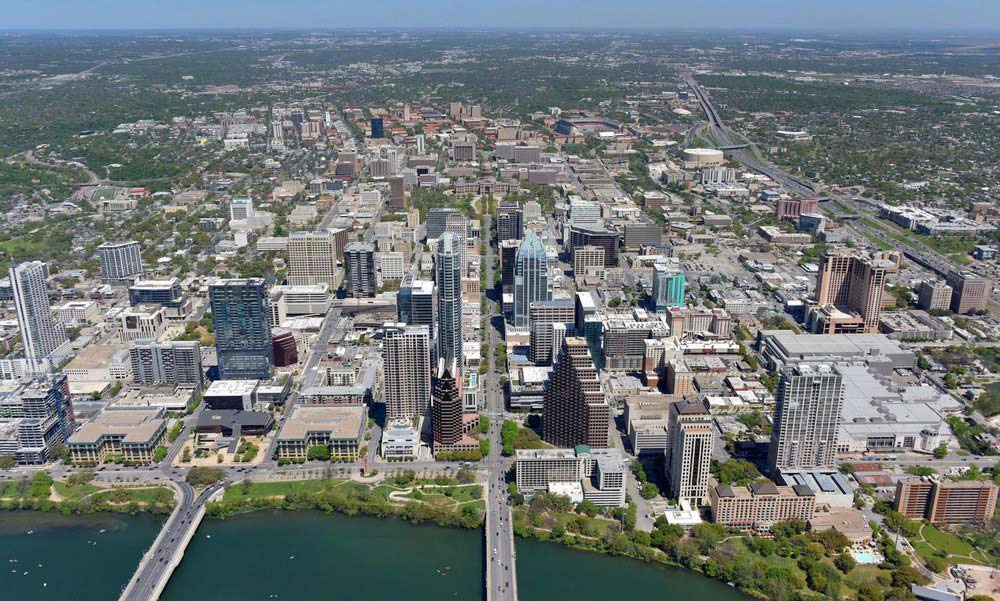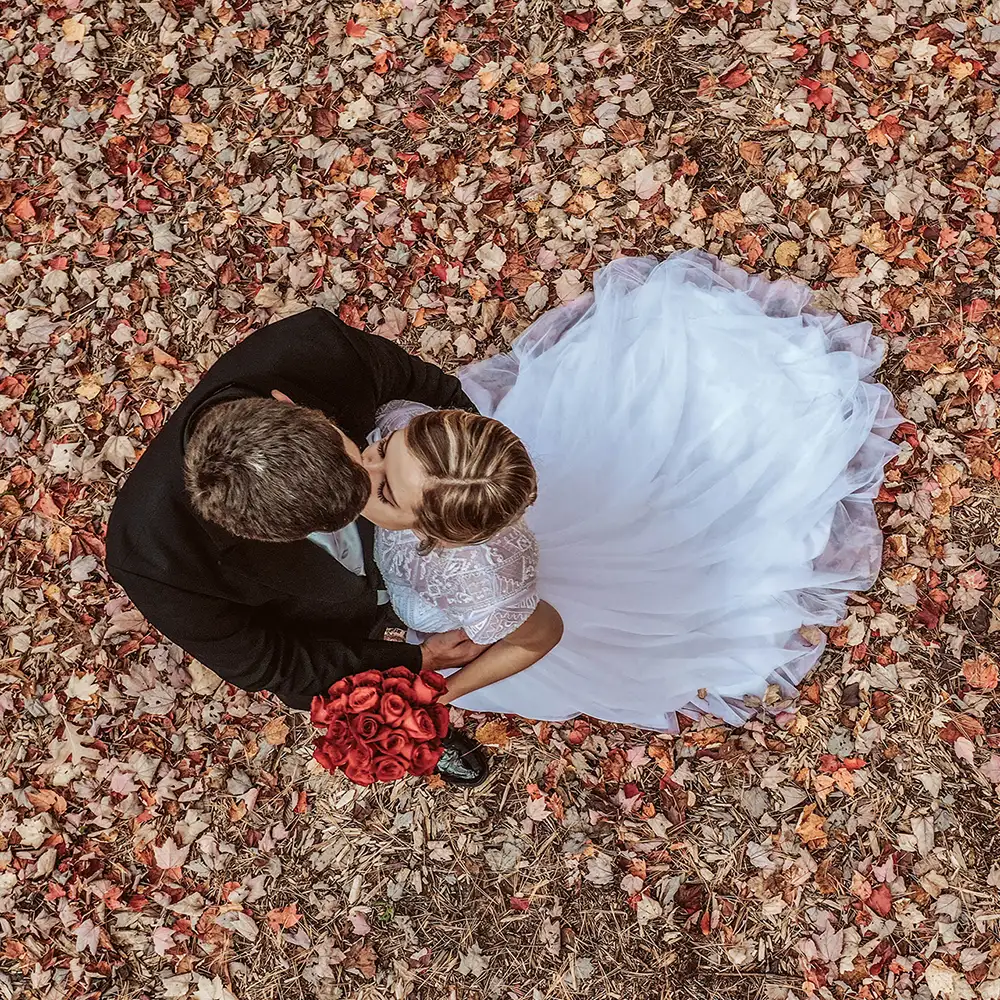Transform Your Viewpoint: The Art and Scientific Research Behind Drone Photography
Drone digital photography represents a substantial crossway of creative vision and technological technology, making it possible for makers to record viewpoints previously unattainable. Recognizing the auto mechanics of drone technology, from devices options to structure strategies, is vital for achieving engaging imagery. Factors to consider such as illumination and ecological conditions can exceptionally affect the final end result. As photographers refine their skills in both airborne strategy and post-processing, they open a richer narrative capacity. Yet, what genuinely distinguishes effective drone photography from simple airborne photos? Exploring this inquiry reveals deeper insights into the craft and its evolving landscape.
Recognizing Drone Innovation
Recognizing drone technology is essential for anybody curious about using its abilities for digital photography. Drones, or unmanned airborne lorries (UAVs), count on a combination of software and hardware to achieve trip and capture images. At their core, these devices are furnished with sensors, cams, and navigation systems that permit them to fly autonomously or be controlled from another location.
The key components of drone technology consist of the flight controller, which serves as the mind of the drone, refining information from numerous sensing units to guarantee stable trip. In addition, GPS innovation plays a critical role in navigating, making it possible for drones to comply with pre-defined trip paths and keep their setting even in challenging problems.

Moreover, recognizing the governing landscape bordering drone use is essential, as it controls where and how drones can be operated, ensuring security and compliance. Experience with these aspects of drone technology encourages photographers to optimize their creative capacity while sticking to legal standards.
Crucial Equipment for Drone Digital Photography
Picking the ideal equipment is important for accomplishing extraordinary lead to drone photography. At the heart of this configuration is the drone itself, which must be picked based on trip security, electronic camera top quality, and convenience of usage. Popular models often feature built-in high-def cameras that capture spectacular airborne pictures.
Along with the drone, purchasing a premium camera is vital. Numerous drones come furnished with video cameras with the ability of capturing in 4K resolution, but also for professional-grade results, think about a drone that permits compatible cameras or supports bigger sensors. This flexibility can dramatically improve image quality.
Stabilization is another crucial element. A three-axis gimbal is recommended for smooth video, minimizing resonances that can take away from picture quality. Added batteries and a dependable charger make sure extensive trip time, allowing for even more detailed shoots (drone photographer).
Grasping Composition Strategies
Mastering make-up methods is basic to boosting your drone photography from normal to amazing. A well-composed picture captures the viewer's focus and conveys a powerful narrative.
Among the vital concepts to take into consideration is the rule of thirds, which entails separating your structure right into a grid of nine equal components. Positioning essential components along these lines or at their crossways creates visual rate of interest and equilibrium. Additionally, leading lines can assist the visitor's eye via the photograph, drawing focus to the subject and adding depth.
Another effective technique is framing, where natural components such as trees or buildings encase the subject, enhancing the focal point. This approach not only offers context yet additionally develops a sense of intimacy within the scene.

Lastly, always be conscious of the perspective line. An uneven horizon can distract and take away from an otherwise exciting picture. By grasping these structure Go Here strategies, you can significantly enhance the impact of your drone photography.
Illumination and Climate Considerations
In drone photography, the interplay of lighting and weather condition can dramatically affect the top quality and state of mind of your photos. Ideal lighting conditions are important; the golden hours-- quickly after dawn and prior to sunset-- offer soft, diffused light that enhances colors and decreases severe shadows. Throughout these times, the landscape appears more vivid and dynamic, permitting spectacular aerial shots.
Alternatively, overcast skies can create a flat, low-key scheme, yet they can likewise provide also lighting that decreases contrast and highlights details in the atmosphere. This can be advantageous for catching appearances in metropolitan setups or detailed patterns in nature.
Climate condition, such as snow, haze, or rainfall, can also include one-of-a-kind components to your photography. Haze can develop a feeling of mystery, while rainfall can boost colors and fill the landscape. It is necessary to consider the safety of your drone; flying in unfavorable weather conditions can lead to equipment damage or loss of control.
Ultimately, comprehending just how lighting and weather impact your airborne shots allows you to pick the ideal conditions for your drone photography, making certain aesthetically striking and engaging pictures.
Post-Processing Tips and Techniques
After catching spectacular aerial photos, the next action includes refining those shots with post-processing. This crucial stage enhances the visual impact of your photos, permitting you to highlight the distinct point of views that drones provide.
Beginning with software program devices like Adobe Lightroom or Photoshop, which use robust modifying capacities. Begin by fixing exposure and white balance to ensure that your shades show up realistic. Use histogram checks to accomplish optimal illumination degrees, preventing overexposure or loss of detail in darkness.
Following, enhance contrast to include depth to your photos. Adjusting clarity can develop vital details without introducing noise, which is especially valuable in aerial shots where structure plays a considerable role. Do not avoid cropping; this can help focus the audience's focus on the main subject.
Take into consideration applying a slight vignette to guide the audience's eye toward the facility of the picture. By grasping these post-processing strategies, you can elevate your drone photography to brand-new elevations.
Conclusion

What really distinguishes efficient drone photography from simple airborne snapshots? Many drones come outfitted with cams qualified of shooting in 4K resolution, but for professional-grade results, take into consideration a drone that permits for compatible electronic cameras or sustains larger sensing units. By mastering these make-up strategies, you can considerably improve the effect of your drone digital photography.
In drone digital photography, the interplay of lights and weather condition can considerably affect the top quality and state of mind of your images (drone photographer coeur d'alene). By mastering these post-processing techniques, you can elevate your drone digital photography to new heights